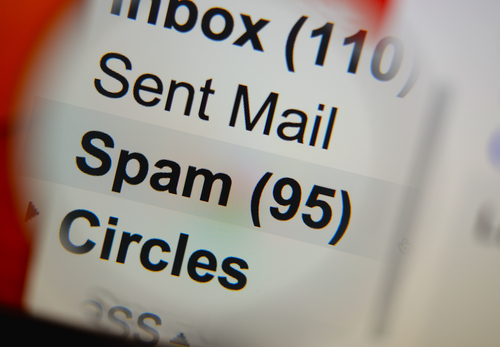It’s the time of year for another email from Scott Albert, a spammy-sounding name that’s actually a real person—a dedicated public servant at the Department of Labor (DOL).
Albert, a Qualified Pension Administrator (QPA) and Chief of the DOL’s Division of Reporting Compliance, sends 20,000-plus personal emails to Form 5500 contacts for certain “stop-filer” plans to warn of common and potentially cumbersome mistakes. The emails target plans where a Form 5500 or 5500-SF was submitted in 2021 but not 2022.
“Having a list like this might help people check these things ahead of time,” he explained. “It’s useful information. The email is designed to say if there’s no problem, great. If there is, fix it now.”
Recipients are either the plan administrators who signed the 2021 form or a service provider signing on behalf of the plan administrator.
Noting that many violations are corrected without the need for enforcement action, the most common issues the DOL sees include the following:
- Filed using the wrong EIN/PN combination or filed under a new EIN but did not report the one used in 2020 on Form 5500/5500EZ, Line 4;
- Mistakenly thought a filing was successfully made through a service provider;
- 3(16) service providers whose arrangements with plan sponsors were terminated (and no one continued filing);
- Terminated or merged plans for which no final filings were made;
- Simply forgot to file.
“That first bullet is one of the biggest reasons for the emails, including the wrong EIN/PN combo or changed or filed under a new EIN,” Albert said. “You need to put the old one on line No. 4 . A lot of people don’t use that line, and we lose the continuity. Everybody I’m emailing, unless they’re EZ filers and I just missed them, will probably hear from the IRS in October.”
Thankfully, he’s not sending over 20,000 emails manually. Using the EBSA database, he first determines who received an email last year and who should receive it again this year. It generates a list of the plans the department believes should have filed but can’t find filings for.
“Of course, it’s not perfect,” Albert added. “We get the email addresses from the e-signatures. We use the email addresses that are associated with those signatures. That’s why TPAs who sign on behalf of their clients might get the emails.”
The process developed from Google research and a custom macro for continually sending emails.
“It’s homegrown and nothing sophisticated. It’s just something that I threw together with a lot of experimentation. It takes a while, but it works. I know it freaks some people out, or it goes into spam. That’s why it’s not an enforcement notice. We’re not going to send enforcement notices like this, but it’s a lot cheaper, quicker, and easier than snail mail.”
One problem is that personalized emails mean personalized responses, something in which he’s drowning. He and his team try to respond to each, but it’s a drawback.
Referring to the language of the email, Albert concluded, “I appreciate the line that says there’s absolutely no need to respond. Just, if there is an issue, fix it. If not, then don’t worry about it."
Action Steps
Albert recommends plan administrators check the status of their filings on the EFAST website (efast.dol.gov) to ensure their annual reports have been processed and are error-free.
- Log in to post comments
